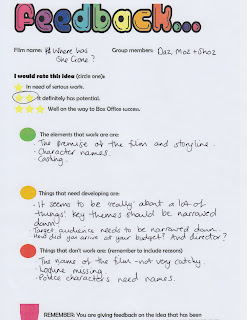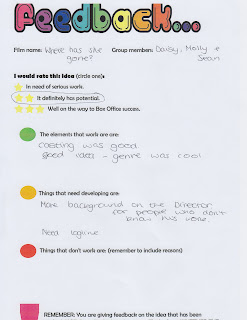LOCATION
The location will be at my house, as we all feel it has the right atmosphere and a lot of the props needed are already there.
TIME
It will be filmed in the evening time, around 4:00pm onwards. We feel that if the setting is darker, the whole thing will be a lot more atmospheric which is how we intend our title sequence to appear.
PROPS
- Cigarettes
- Desk/table
- Lamp
- Ashtray
- Paper/notebook
- Fancy pen
- Chair
ACTORS
We have also decided who will be acting in our title sequence. Todd Harding will play Finn, and I will be playing Arrow. We chose these people to act in our title sequence because they fit the original characters, -Joseph Gordon Levitt and Rooney Mara- quite well.
We have decided we will film with a Flip Camera.
The director and person filming our title sequence is MOLLY RUBY.
The producer of the title sequence is DAISY PRESTON.


















